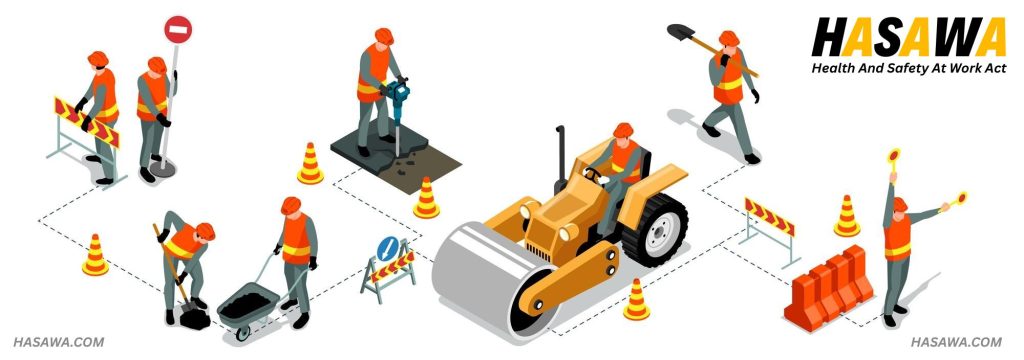
What is HASAWA?
HASAWA stands for the Health and Safety at Work etc. Act 1974, which is the cornerstone of workplace health and safety law in the United Kingdom. It sets out the legal duties of employers, employees, and the self-employed to ensure health, safety, and welfare in all work-related environments. The Act requires employers to carry out risk assessments, provide proper training, maintain safe systems of work, and ensure that workplaces are free from hazards.
Although HASAWA is UK legislation, its principles have influenced international health and safety standards. Many countries in the Middle East, Asia, Africa and USA —especially those employing foreign workers or managing large industrial sectors—have modeled parts of their own workplace safety laws and frameworks after the UK’s HASAWA. Employers in countries like the UAE, Qatar, Saudi Arabia, and Oman often look for NEBOSH- or IOSH-certified professionals, as these certifications are built on the standards set by HASAWA and are recognized globally.
Discover a curated selection of Health and Safety roles across various industries and countries. Whether you’re NEBOSH-certified or seeking entry-level positions, our platform connects you with employers prioritizing workplace safety. Stay updated with the latest job postings tailored to your expertise.
Health & Safety Training
Enhance your qualifications with top-tier Health and Safety training programs. From NEBOSH certifications to specialized courses, we provide resources to help you stay compliant and competitive in the global job market. Empower yourself with knowledge and stand out to potential employers.
Health & Safety Consulting
Our consulting services offer tailored solutions to ensure your organization meets international safety standards. From risk assessments to compliance audits, our experts are equipped to guide you through the complexities of workplace safety regulations. Partner with us to foster a culture of safety and compliance.